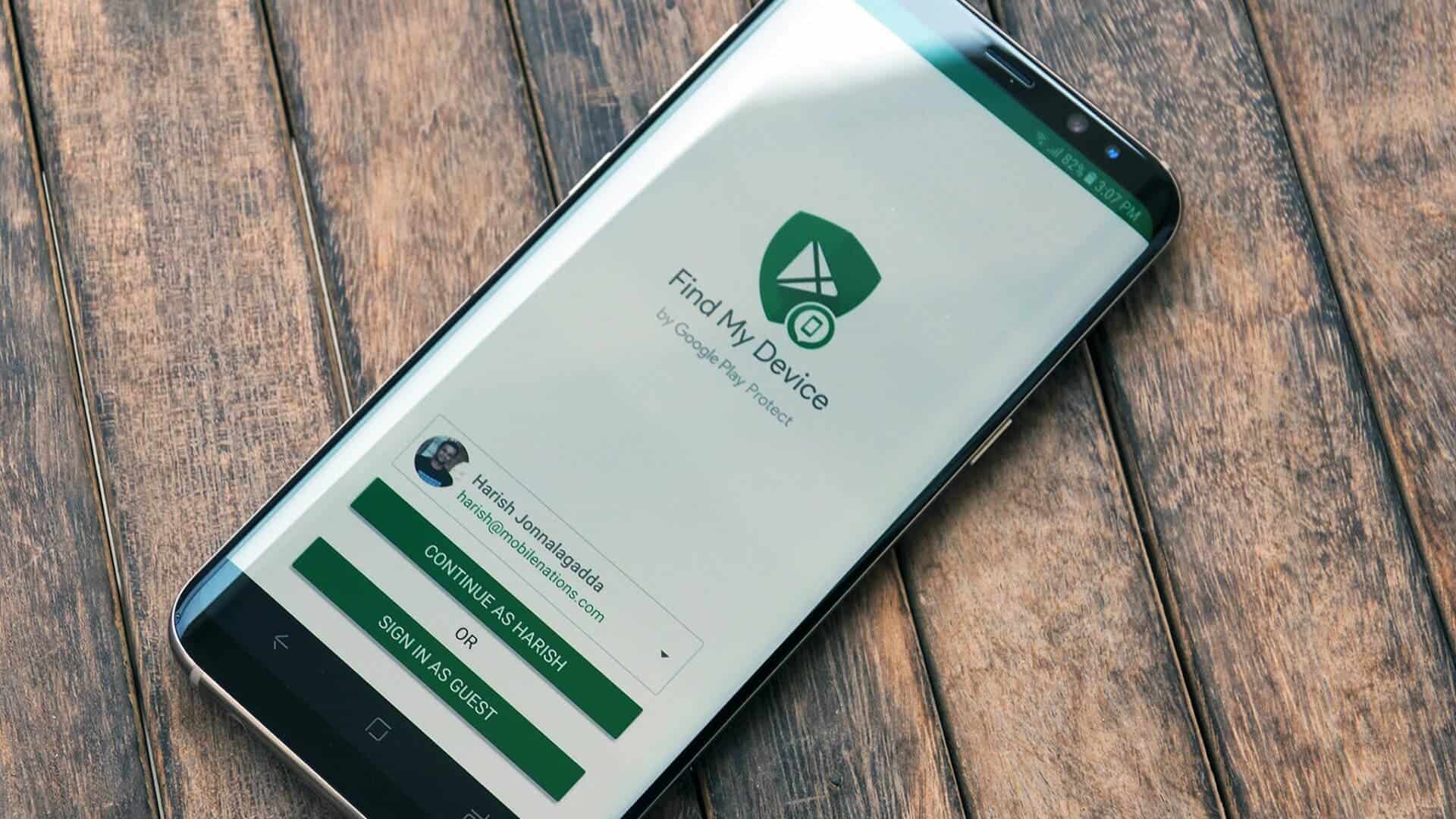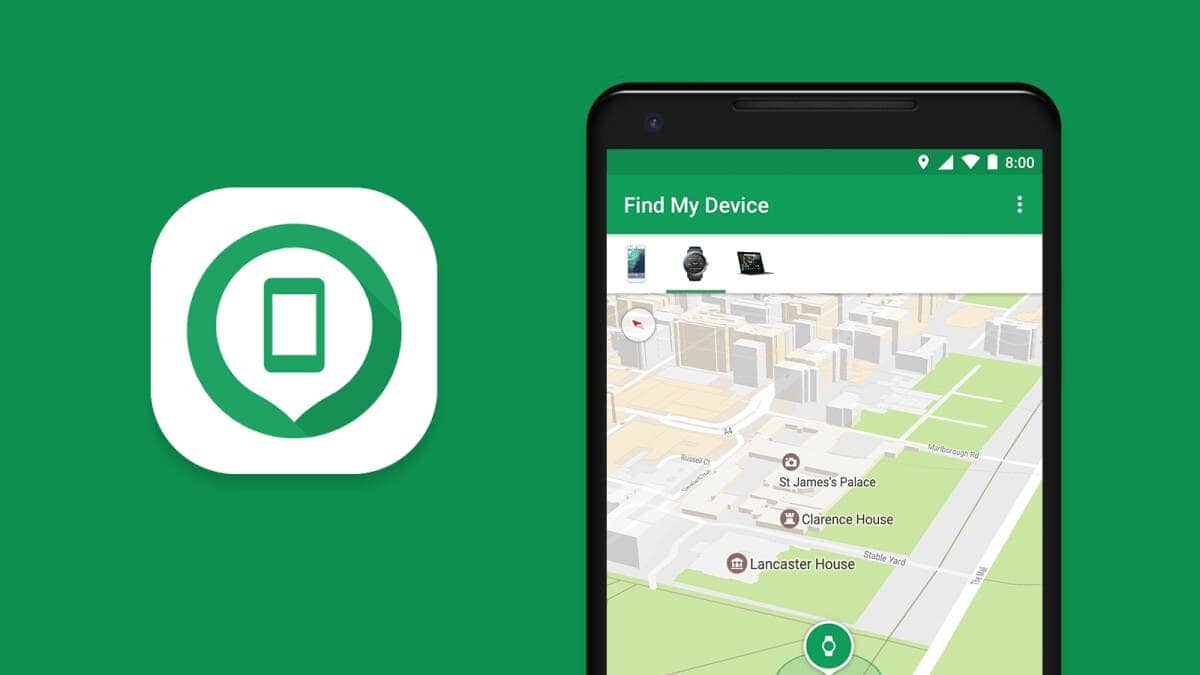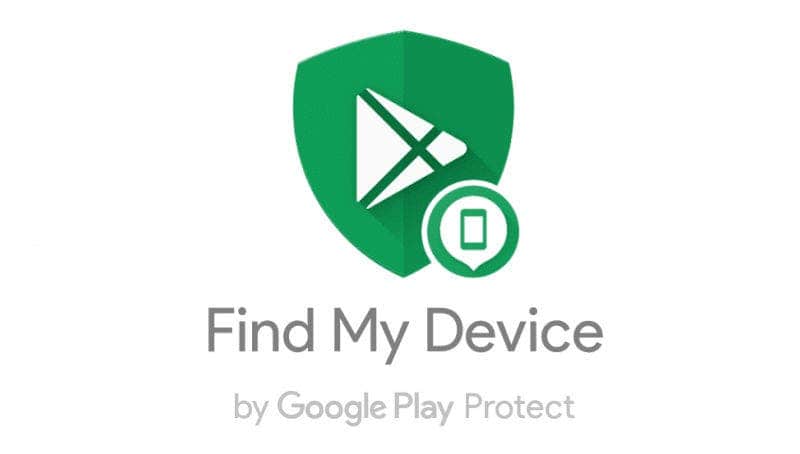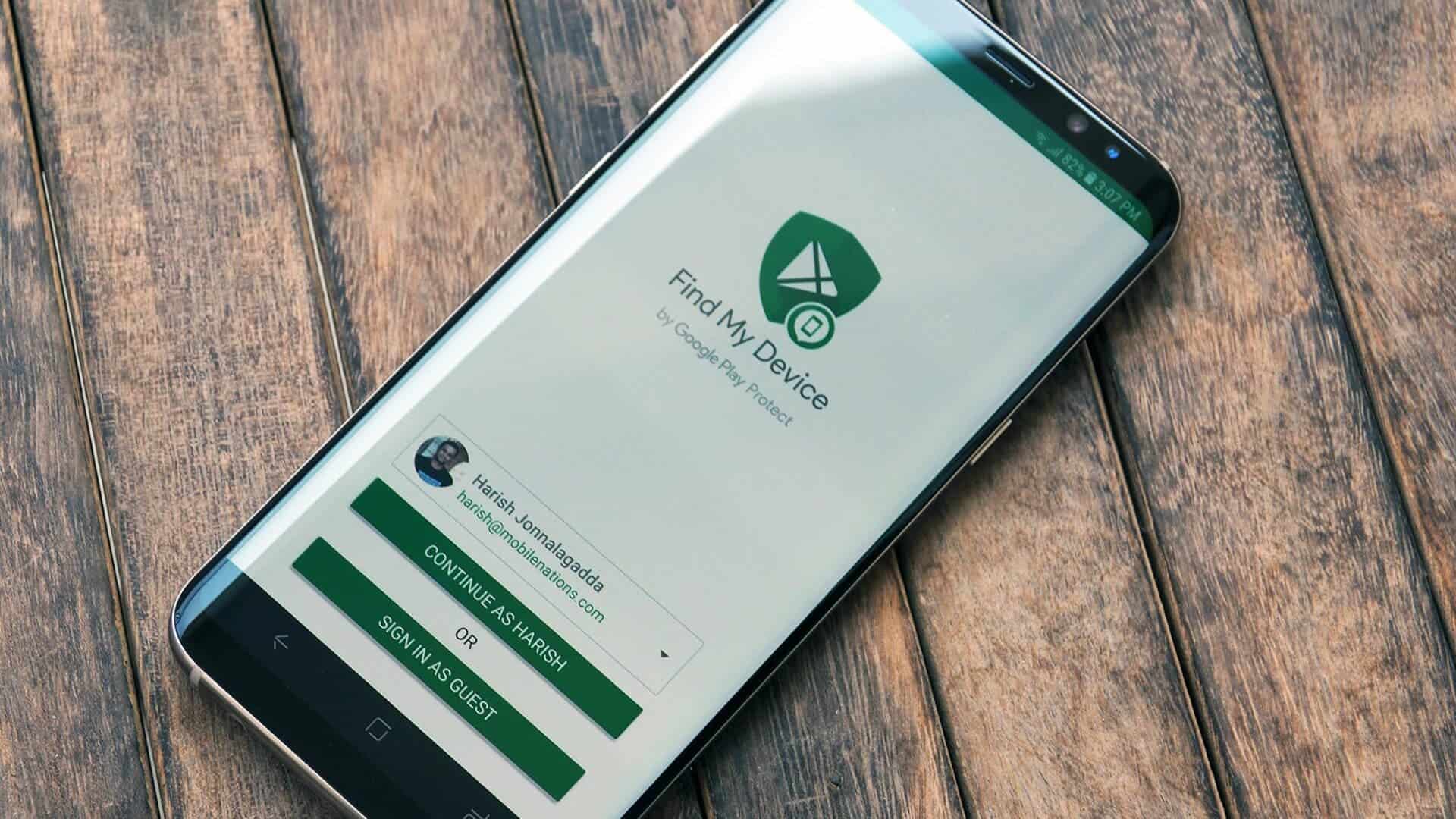It’s been quite the journey for the Find My Device network on Android, hasn’t it? Initially announced at Google I/O nearly a year ago, the network promised to leverage the vast network of Android devices with Google Play Services to help users locate lost items ranging from phones to smartwatches and even various trackers and headphones. However, after the initial announcement, the rollout faced an unexpected delay, leaving users eagerly awaiting its arrival.
Now, though, it seems that the wait is finally coming to an end. While the rollout may not be as widespread as initially anticipated, the Find My Device network is starting to make its way to Android devices, albeit gradually. This network holds immense potential to revolutionize the way users locate their lost items, providing a seamless and integrated solution powered by the collective strength of Android devices worldwide.
With this development, Android users can look forward to a more robust and comprehensive tracking experience, helping them locate their misplaced or lost items with greater ease and efficiency. As the rollout continues and more devices come onboard, the Find My Device network is poised to become an indispensable tool in the Android ecosystem, offering peace of mind and convenience to users worldwide.
Find My Device on Android: Why the Delay? 
It’s intriguing how the progression of technology often relies on a delicate dance of collaboration and coordination between different platforms and ecosystems. The delay in rolling out the Find My Device network on Android, attributed to waiting on Apple to implement protections in iOS for trackers used with Android, exemplifies this intricate interplay.
Apple’s decision to wait for an industry standard before implementing these protections reflects a commitment to fostering a secure and standardized ecosystem for all users, regardless of their platform of choice. While this may have initially caused a delay in the rollout of the Find My Device network on Android, it ultimately contributes to a more robust and cohesive tracking experience for users across different platforms.
With evidence of the protection Google was waiting on now surfacing in recent iOS 17.5 builds, it seems that the wheels are finally in motion for the rollout of Android’s Find My Device network. This development marks a significant step forward in enhancing the tracking capabilities available to Android users, providing them with greater peace of mind and convenience in locating their lost items.
As the Find My Device network begins to make its way to Android devices, it underscores the importance of collaboration and standardization in driving innovation and progress in the technology landscape. By working together and aligning efforts across different platforms, the industry can continue to deliver enhanced experiences and solutions that benefit users worldwide.
Find My Device on Android can Work even when Device is Off 
The introduction of the “Find your offline devices” feature in the latest beta version of Google Play Services represents a significant enhancement to the tracking capabilities available to Android users. This feature empowers users to locate their devices even when they are offline, providing an added layer of reassurance in the event of a lost or misplaced device.
Gizchina News of the week
The inclusion of options to find devices without the network, with the network in high-traffic areas, and with the network all the time offers users greater flexibility and control over their tracking preferences. By default, the feature is turned on and set to “all areas,” ensuring that users can benefit from comprehensive tracking coverage across various scenarios.
The ability to customize these settings allows users to tailor the tracking experience to their specific needs and preferences, whether they prioritize accuracy, conserving battery life, or a balance of both. Additionally, the option to turn the feature off entirely provides users with the flexibility to opt out of tracking if they so choose, respecting their privacy and autonomy.
Overall, the introduction of the “Find your offline devices” feature reflects Google’s commitment to continuously enhancing the functionality and usability of its services, empowering users with greater control and peace of mind in managing their devices. As the feature undergoes further testing and refinement, it holds the promise of becoming an invaluable tool for Android users seeking to safeguard and locate their devices in various situations.
Android Find my Device Tracking Features 
The description of the “Without network” setting highlights its utility in scenarios where a device is offline, emphasizing the reliance on stored recent locations to facilitate device location. This setting appears to offer a basic level of tracking capability for offline devices, leveraging historical location data to aid in recovery efforts.
On the other hand, the description of the “With network in high-traffic areas only” setting underscores its targeted approach to leveraging the network for device location, particularly in densely populated or high-traffic locations such as airports or busy footpaths. By prioritizing network usage in these areas, the setting aims to maximize the chances of locating a lost item by tapping into the collective location information from devices in the vicinity.
Overall, these settings provide users with options to customize their tracking preferences based on their specific needs and priorities, whether it’s maximizing tracking coverage or conserving device resources. As users become more familiar with these settings and their implications, they can make informed decisions to optimize their tracking experience while balancing considerations such as privacy and battery life.
This setting seems to offer the most comprehensive tracking capability by leveraging both stored recent locations and the network, even in low-traffic areas. It highlights the potential for individual devices to contribute to the location tracking efforts, particularly when they’re the only ones in the network detecting a lost item. This approach underscores the collaborative nature of the Find My Device network, where each device can play a role in helping locate lost items, regardless of the network traffic in the area.
Conclusion
It’s interesting to hear about the rollout of these settings in the latest beta version of Google Play Services, albeit in a limited capacity for now. As with many software updates, the rollout may be staggered, with some users receiving the update earlier than others. It’s worth keeping an eye on future updates and announcements from Google to see if the feature becomes more widely available over time.
For users who are eager to access these settings on their Pixel devices, checking under Settings > Security & privacy > Device finders > Find My Device > Find your offline devices is a good starting point. While it may not be available to everyone immediately, it’s encouraging to see Google making progress in rolling out this feature, which promises to enhance the tracking capabilities of Android devices and contribute to the overall ecosystem of device security and recovery.







